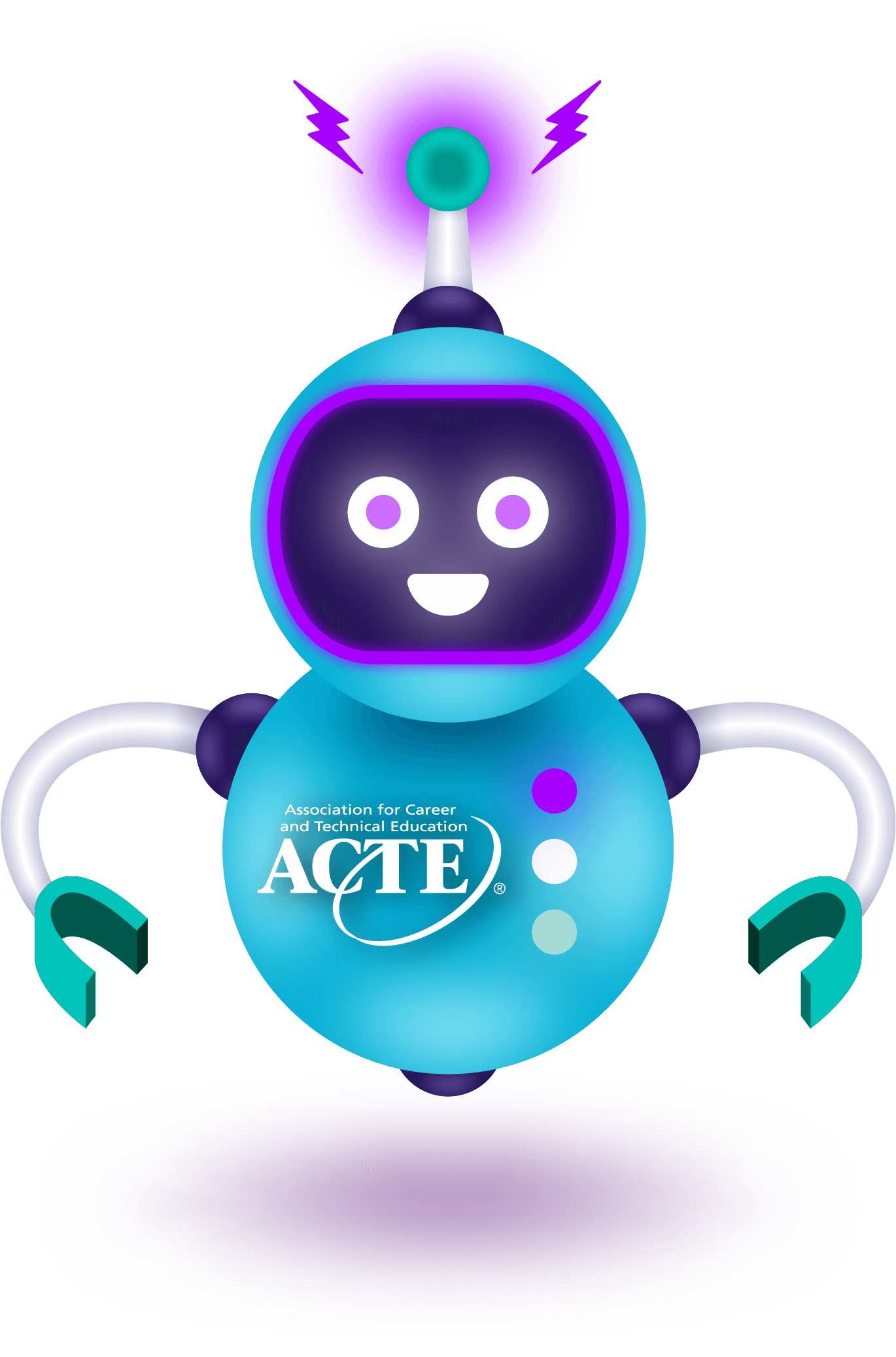Building on themes raised in the President’s FY 19 budget request, Department of Education leaders recently announced plans to restructure the agency at an internal meeting. Much of the reorganization is in response to an Executive Order in 2017 calling for reorganization plans, and a follow-up order directing agencies to reduce staffing.
It is being widely reported (EdWeek, Inside Higher Education, Washington Post) that one of the Secretary’s many proposed changes is to merge the current Office of Career, Technical, and Adult Education with the Office of Postsecondary Education in a new “Office of Postsecondary and Lifelong Learning.” Such a merger would eliminate the Assistant Secretary position for CTE and significantly reduce the visibility of CTE within the Department of Education.
ACTE is very concerned about the impact of the reorganization proposal and is reaching out to both Administration and congressional leaders. The department has suggested that some of their proposals will require congressional approval, while others can be accomplished internally. The Department of Education Organization Act, originally passed as Public Law 96-88 in 1979, and last amended in 2015 by Public Law 114-95, establishes key components of the department. This Act explicitly states that there “shall be in the Department an Office of Career, Technical, and Adult Education” and requires an Assistant Secretary for Career, Technical, and Adult Education to be appointed by the President and confirmed by the Senate.
It appears that based on this Act, the merger of the Office of Career, Technical, and Adult Education into a larger postsecondary office would be one of the changes that would require congressional approval, but there may be interim changes or ways the department can address their goals outside of the legislative process.
We will gathering additional information as more details emerge and alerting you to opportunities to weigh in on this important issue!







